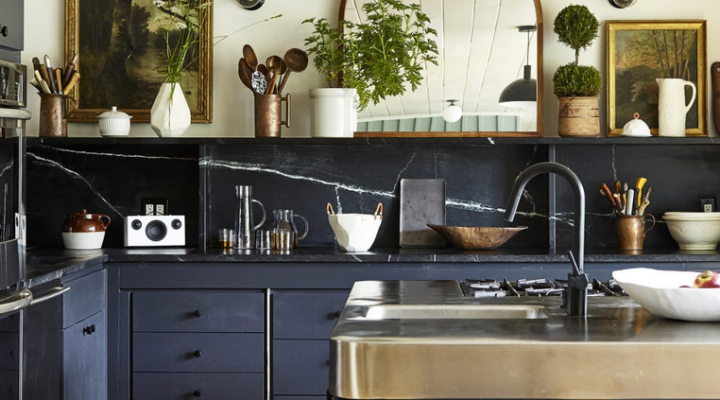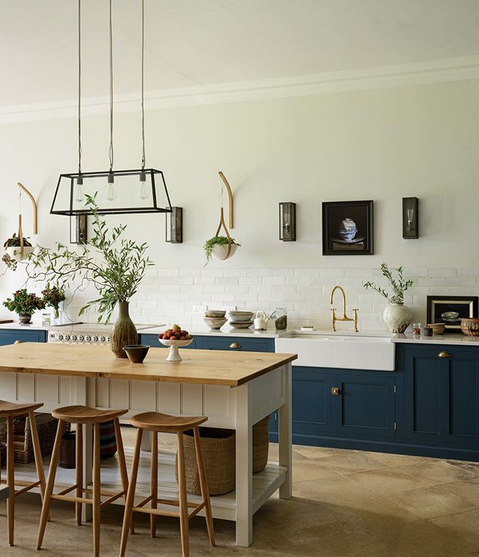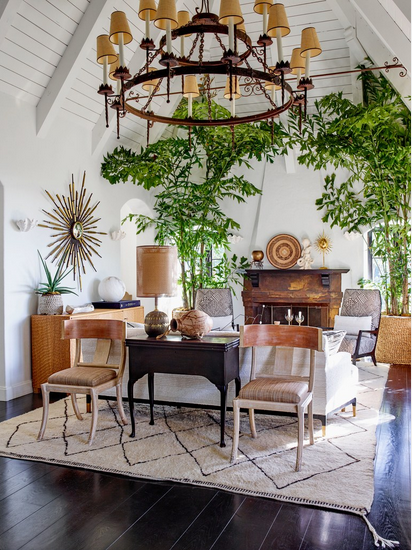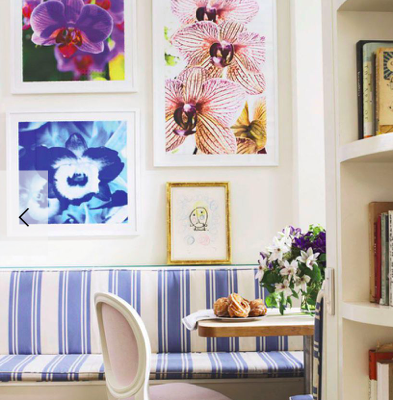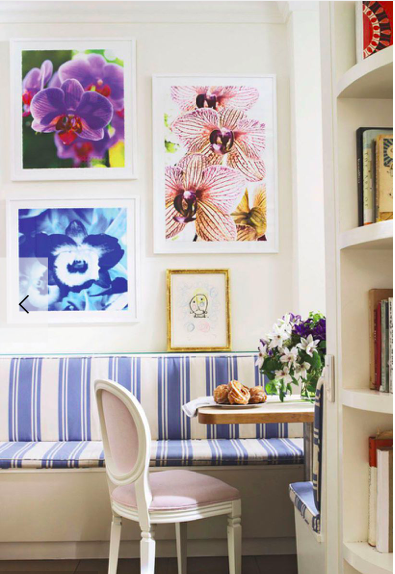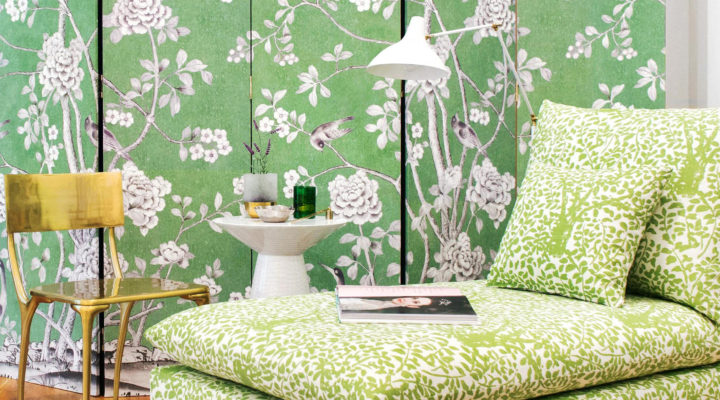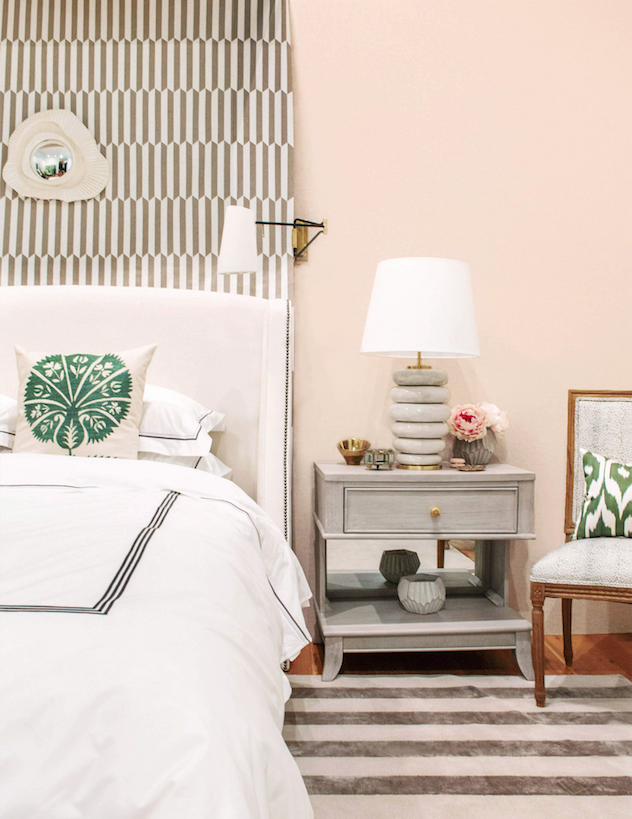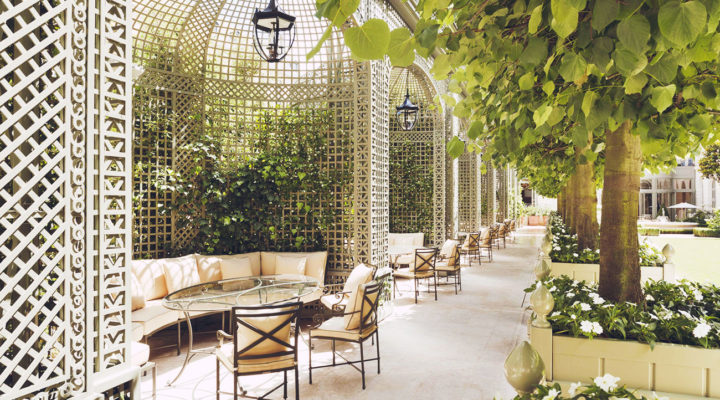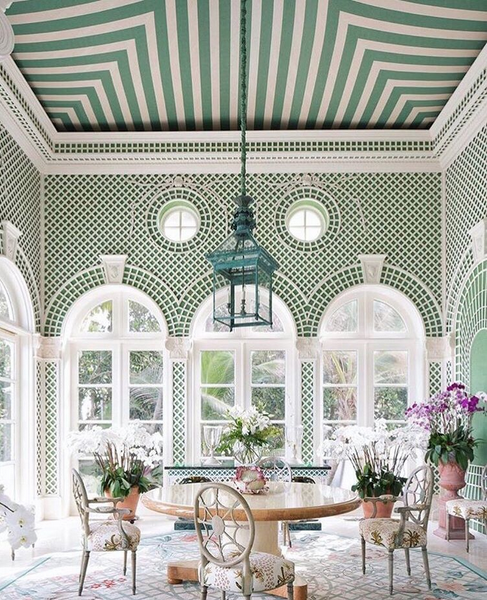
Every homeowner dreams of a big mudroom where family members can walk into. The bigger the family the more the need for a functional and utilitarian mudroom. When we purchased this home, there was a spacious room in the back of the kitchen with no washer and dryer and an empty wall. As an Interior Designer, I immediately figured out how to utilize the room better. I was also able to take some of that room to expand the kitchen. I’m aware that not everyone has the necessary space to create the ideal mudroom but don’t you fret, you can still have a designated area that can function not only as a mudroom but also as a focal point.
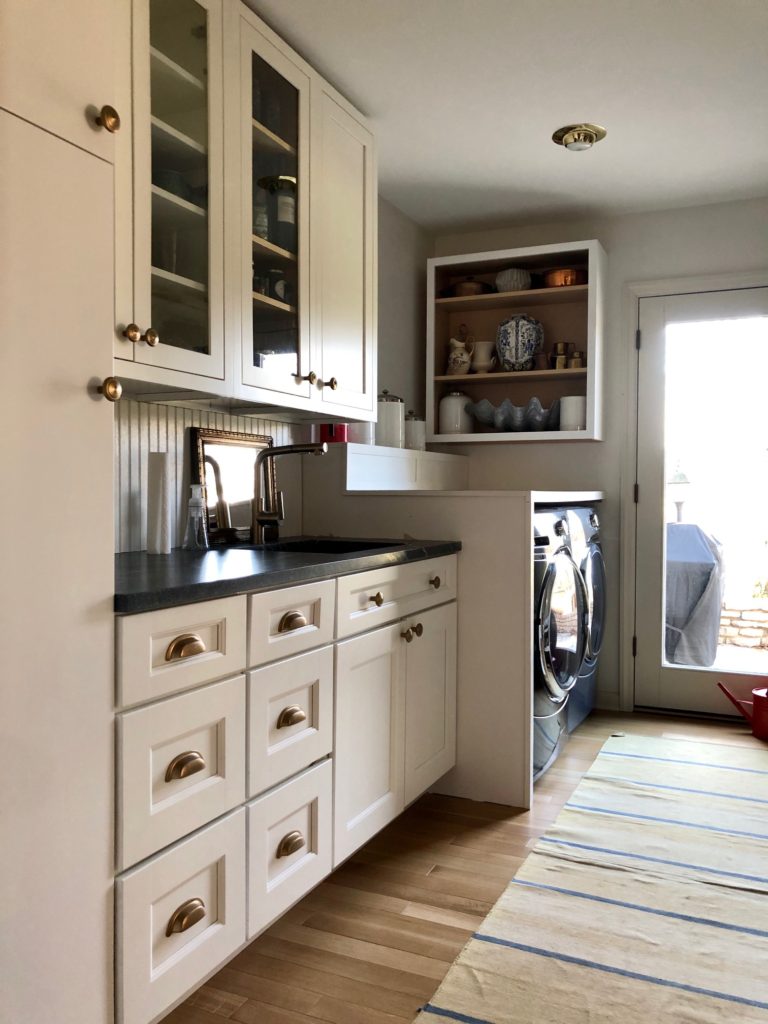
Julie Paulino Design

